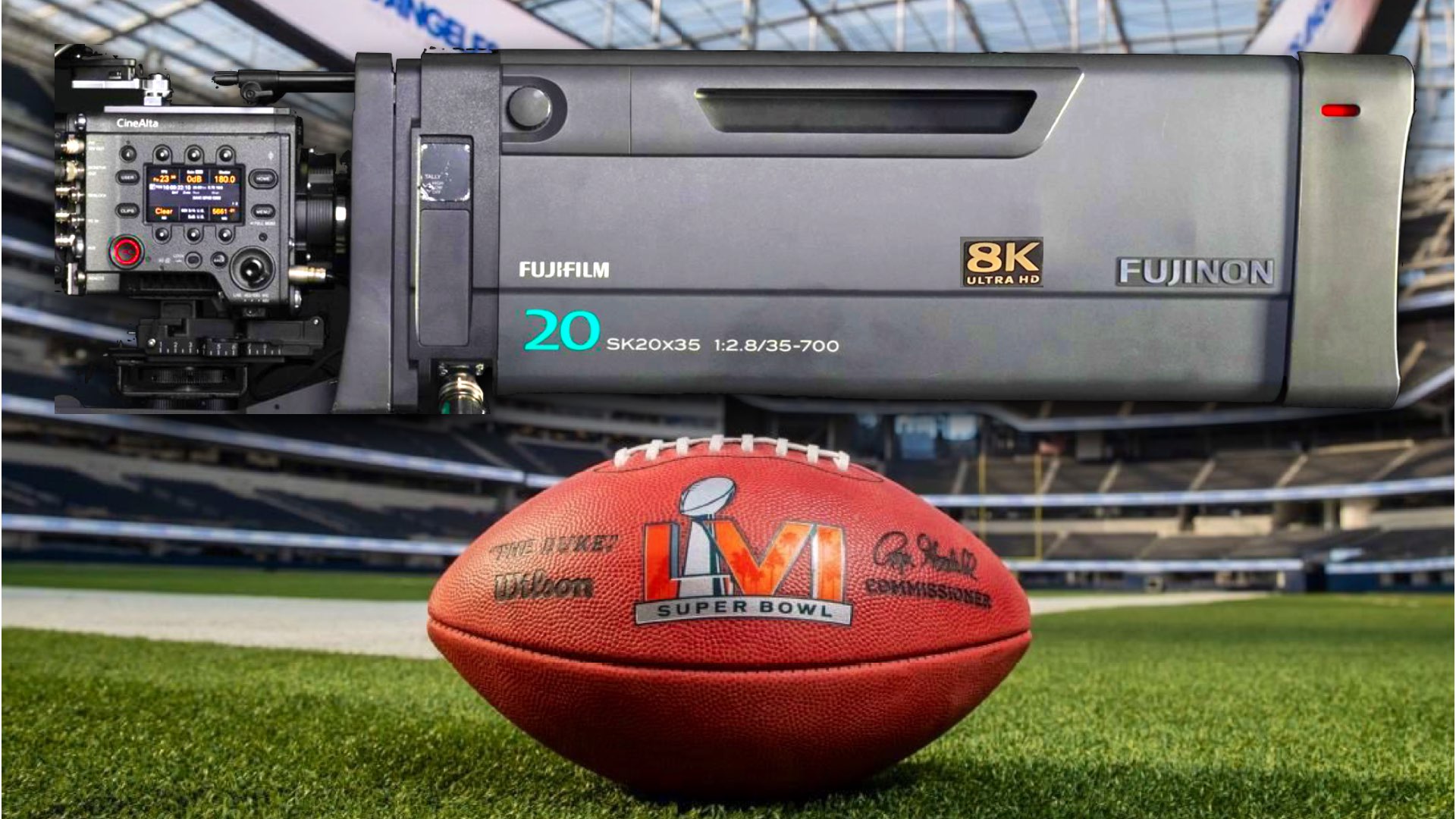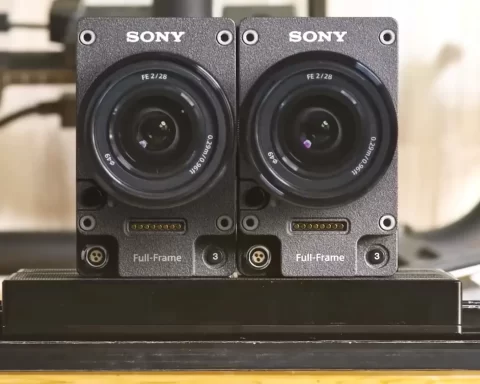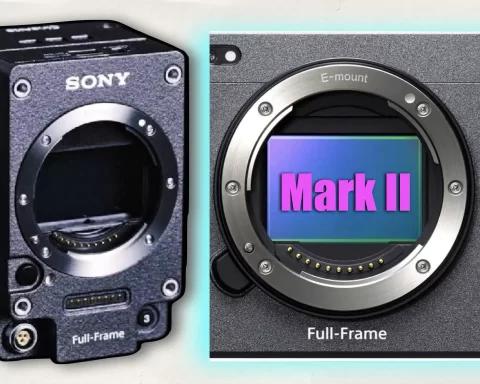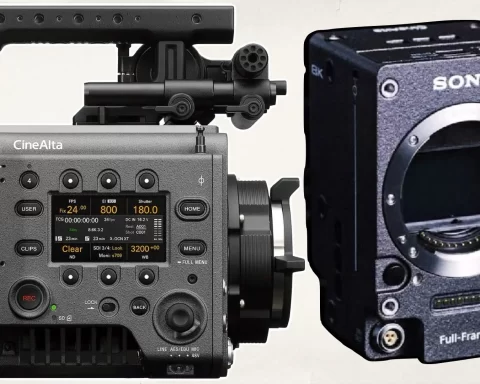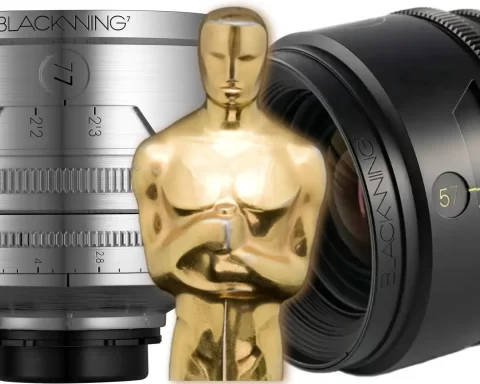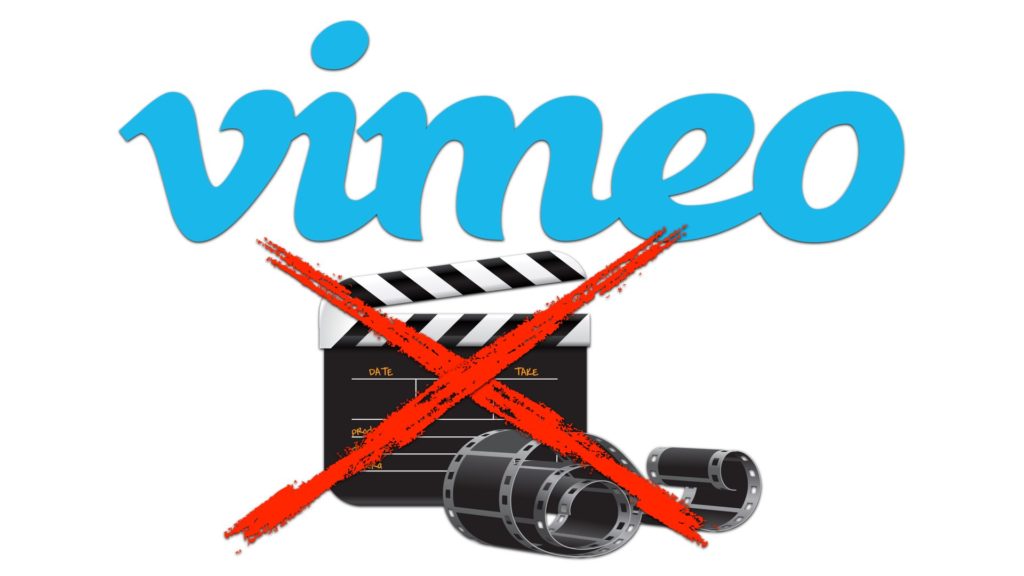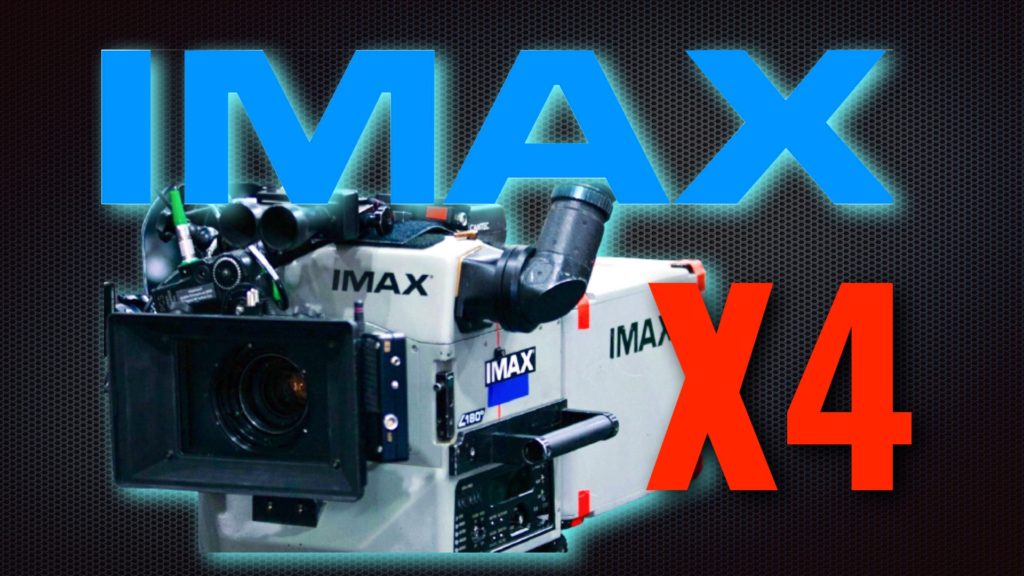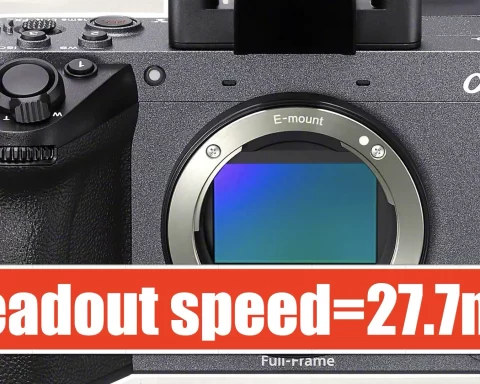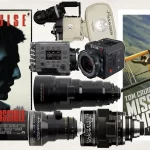Here’s a reference for cinematic broadcasting with all its glory. The 2022 Super Bowl Halftime Show was shot with an array of 12 Sony VENICE 6K full-frame cameras that were paired with the Fujinon Cinema Box lenses in order to maximize and supercharge the cinematic look & feel of the event. Explore how they did it.

Cinematic broadcasting of the Super Bowl Halftime Show
With over 112 million viewers and a live crowd of 80,000, this year’s Super Bowl Halftime Show lived up to the hype as one of the most-watched in the last five years. Produced by Roc Nation, DPS, and Jesse Collins Entertainment, the halftime show took place in Los Angeles, California, featuring an all-star lineup including Dr. Dre, Snoop Dogg, Mary J. Blige, Eminem, Kendrick Lamar, and 50 Cent. As the trend of cinematic broadcasting evolves, the producers wanted to utilize cinema cameras (instead of conventional broadcast cameras) in order to capture the show in richer cinematic images, a wider color palette, and a shallow depth of field.
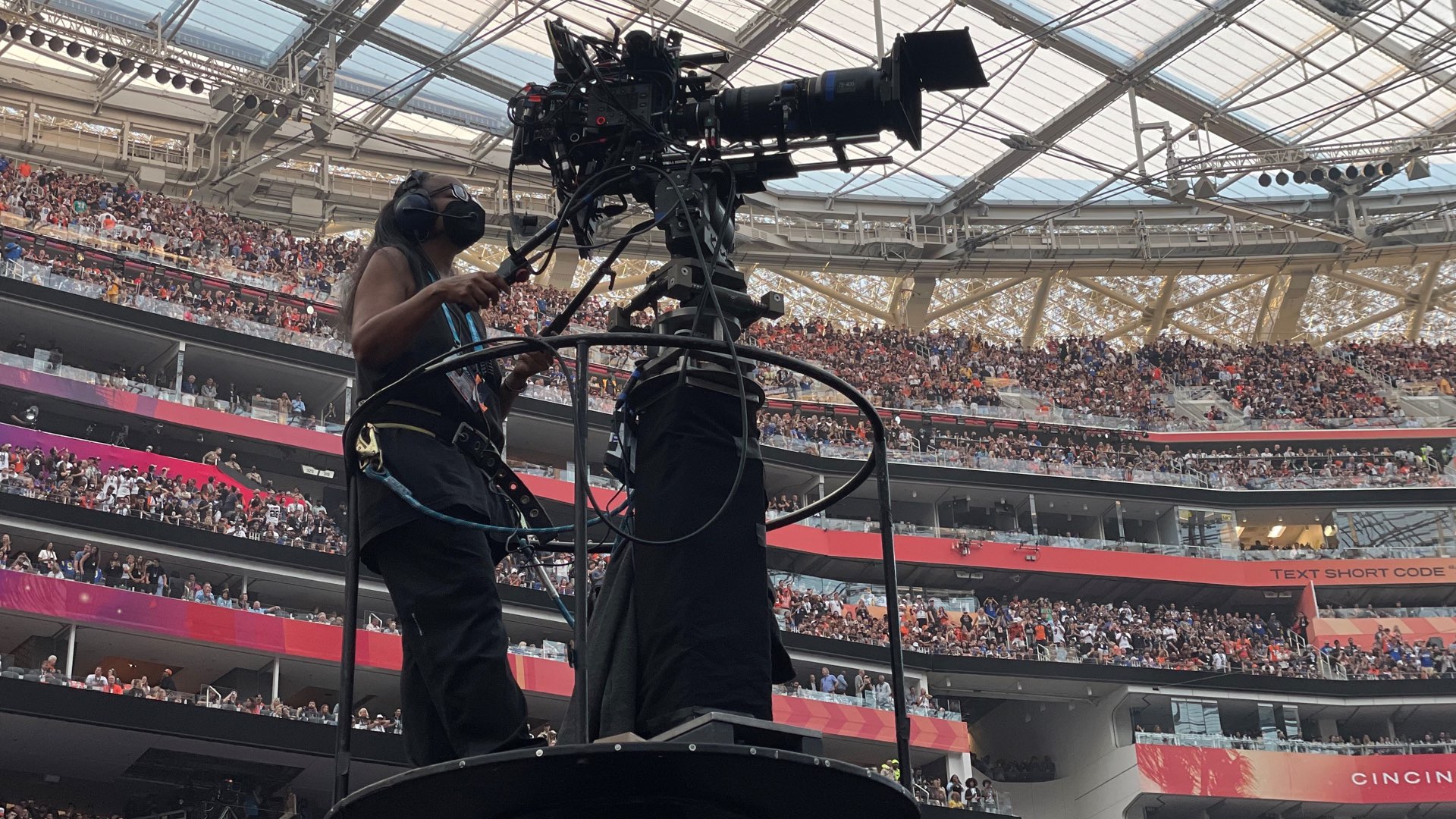
Utilizing full-frame cinema cameras in live-sports
The wheel has not been invented here. Cinematic broadcasting has been amplified over the last two years. In fact, COVID made it even more popular, since shows were without the crowd. Hence producers wanted that the audiences at home will focus more on the athletes (since there is no crowd), and as such the concept of using large format cinema cameras seemed like a logical solution. However, since then, as technology was further developed, and more solutions came to market, the complex process of using cinema cameras in live sports was facilitated, although it’s much more complicated to shoot a live event on cinema cameras compared to conventional broadcast cameras. Nevertheless, the final results are worth it.
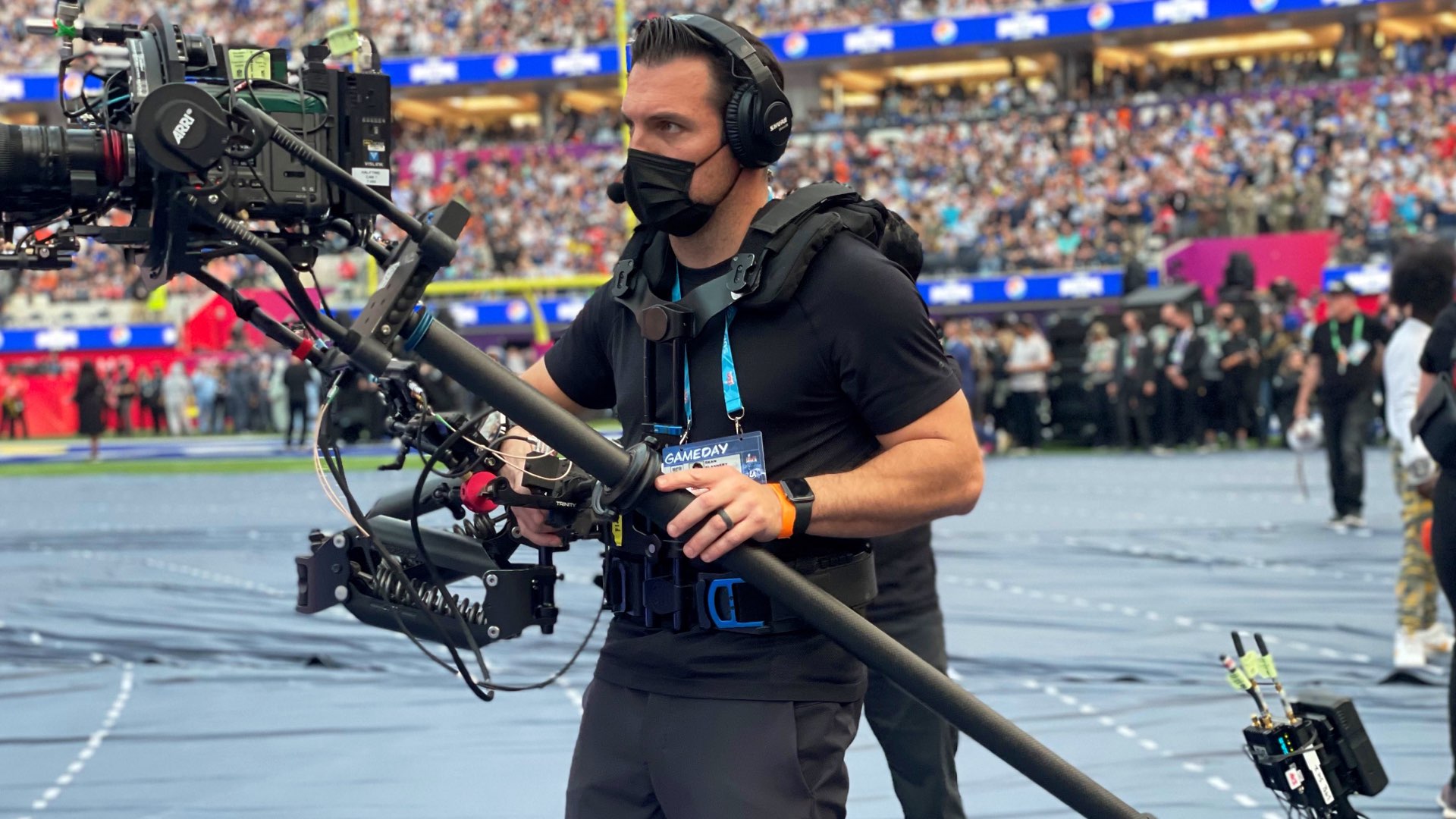
Shot on VENICE 6K full-frame cinema camera
While the game itself relied on over 50 broadcast-quality cameras with traditional box lenses, the halftime show relied on 12 Sony VENICE cameras, 2 Sony Skycams, and an FX6 for a super-wide shot at mid-field. Super Bowl Halftime Show Director Hamish Hamilton elaborates on the process: “What started as a plan to use eight VENICEs which would intercut with existing broadcast cameras, soon evolved to the decision to use only VENICE digital cinema cameras”. Hamilton and his team worked with James Coker of Digital Cinema Collective to make the number of cameras work so that the Halftime Show could maintain the cinematic look and would not have to intercut with traditional broadcast cameras.
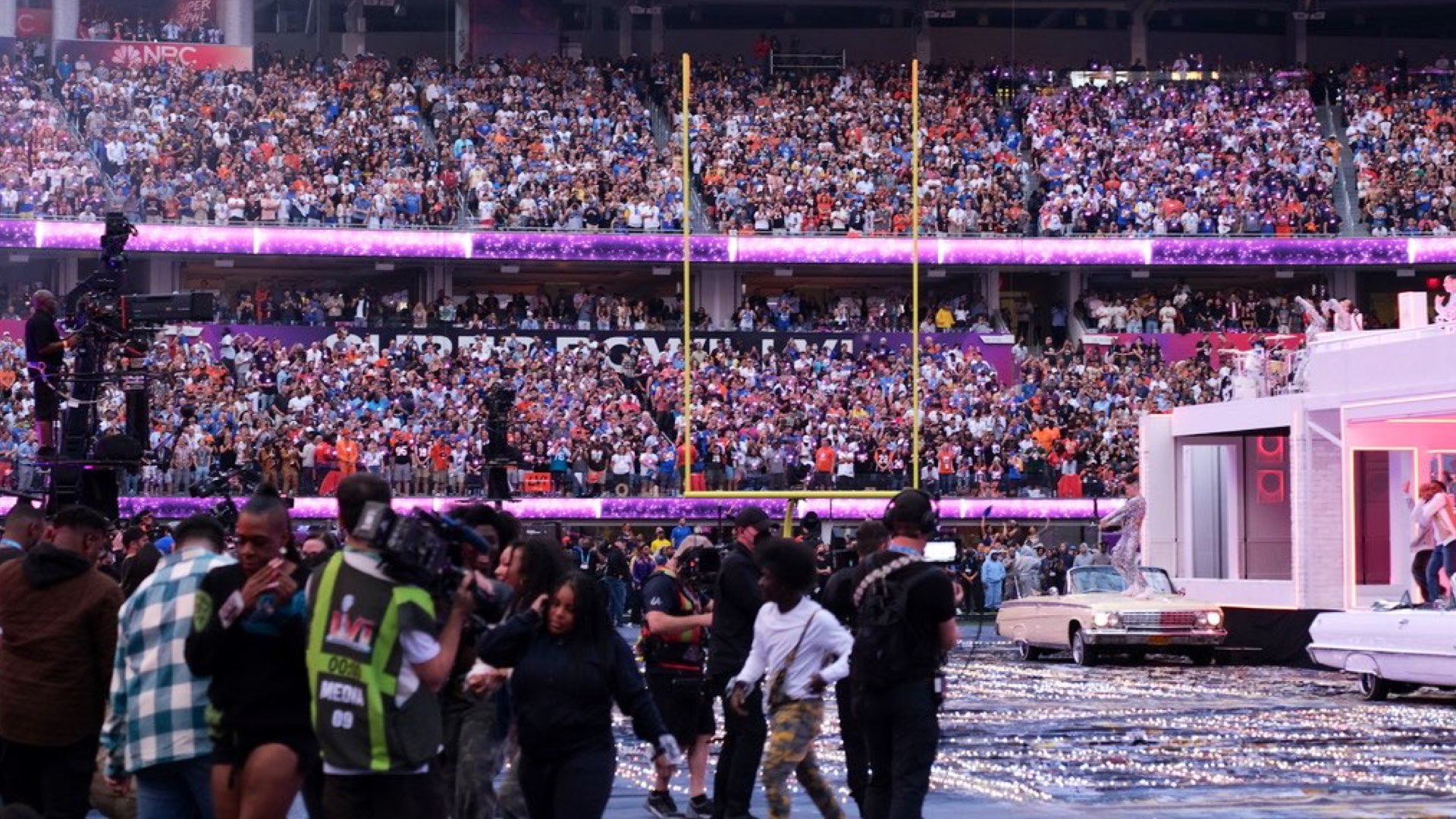
Camera kinetic: Moviebird 50 Technocrane
Hamilton and his team worked ahead of time to plan some epic camera moves and the use of specialty equipment. One of these key decisions was to use a Moviebird 50 Technocrane as a close-up camera, a move he admits he had never tried before. “All the Eminem stuff was shot with a zoom lens on the end of a Technocrane that we got really close to him,” explains Hamilton. “So, you got that great depth of field and that real proximity with the lens. Which, for a poet like Eminem really worked, because he works well when he performs to a lens close to him. Moreover, the dynamic between him and rapper and drummer Anderson Paak worked well on that particular shot”.
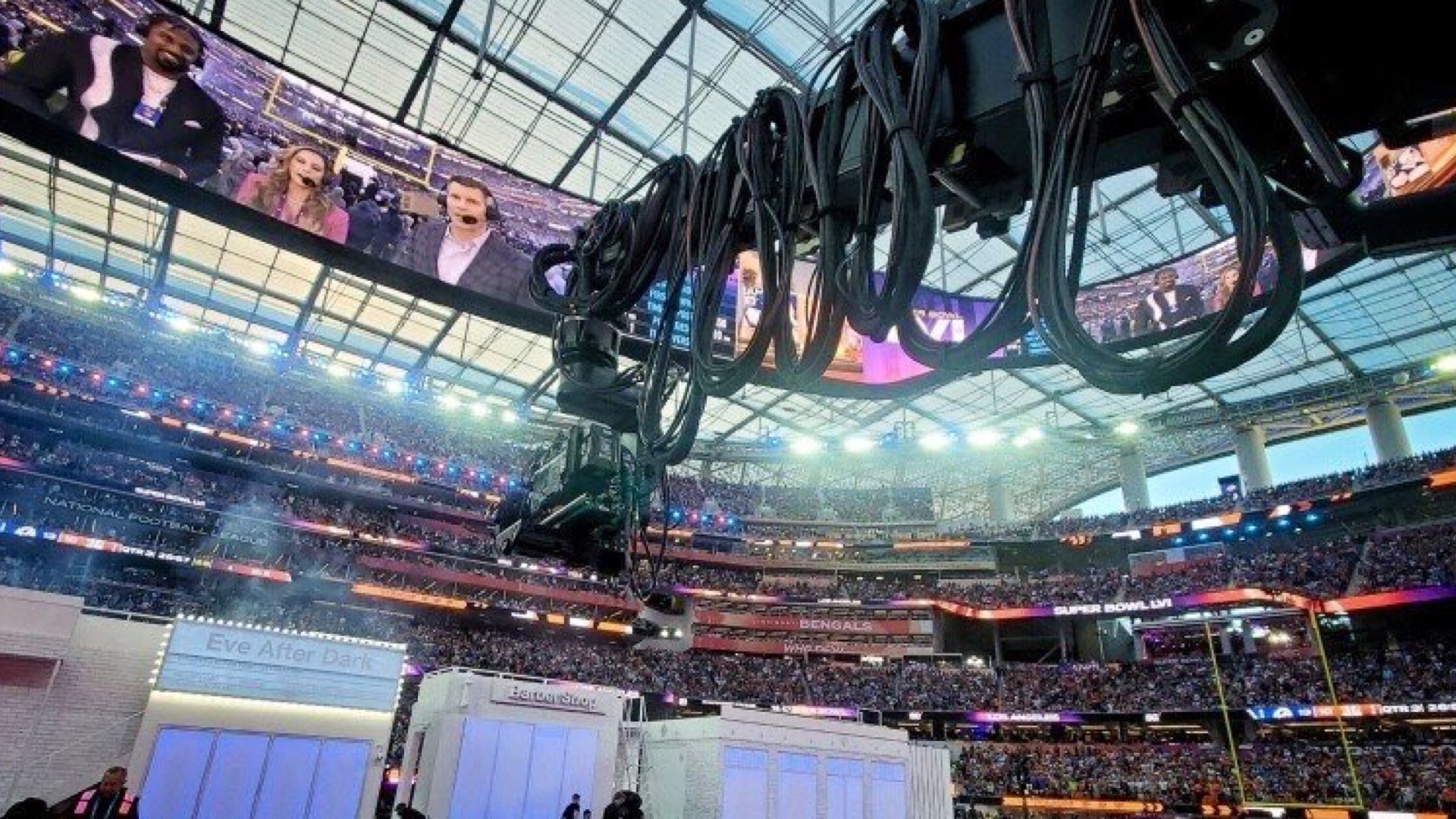
The glass: Fujinon Cinema Box lens
To complete the large format cinematic look, the production also leveraged cinema zooms and one box lens by Fujinon which was custom designed to be used with the VENICE. The Fujinon SK35-700mm F2.8-4.8 is a native PL-mount cinema broadcast zoom lens that was invented in order to bring the look of cinema to sports and entertainment live productions. We covered this lens in a dedicated article. Make sure to read it (Meet the Fujinon SK35-700mm PL: A 27Kg Lens for Cinematic Broadcasting). Using the new Fuji zoom lens on the VENICE gave Hamilton’s team a massive zoom range on the 50-yard line.
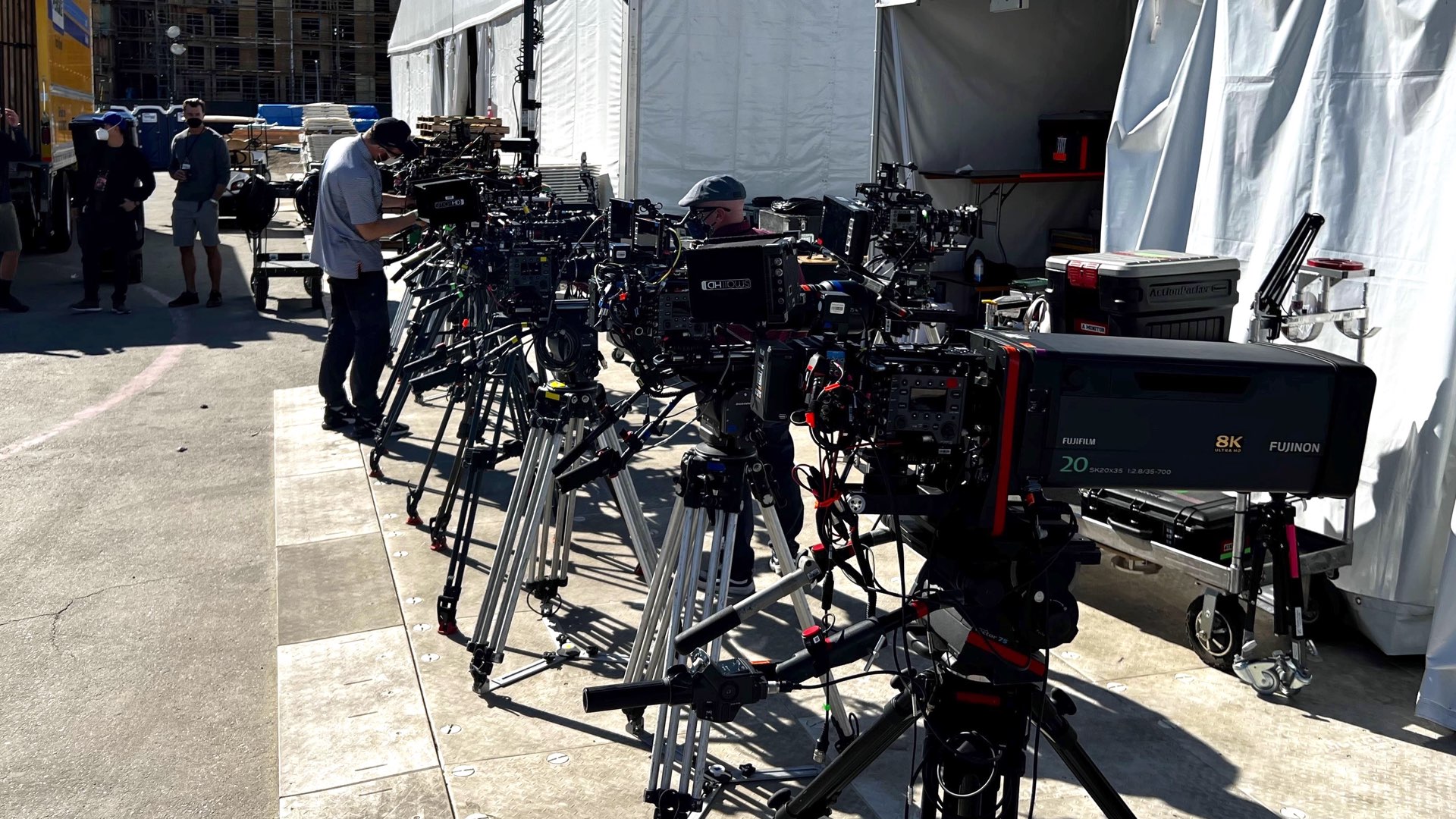
The secret sauce for enhancing the DOF
Other unique elements were the lights in the audience. As explained by Hamilton: “There’s a technology company called PixMob. We put into the stands 80,000 little necklaces that people could wear. Those necklaces were operated via Bluetooth and had little lights that can change color. In the night they looked very different than how they did when we shot it. But it gave you a little soft lighting effect, which went with that great depth of field on Mary’s clothes that gave you a little sparkle in the background”
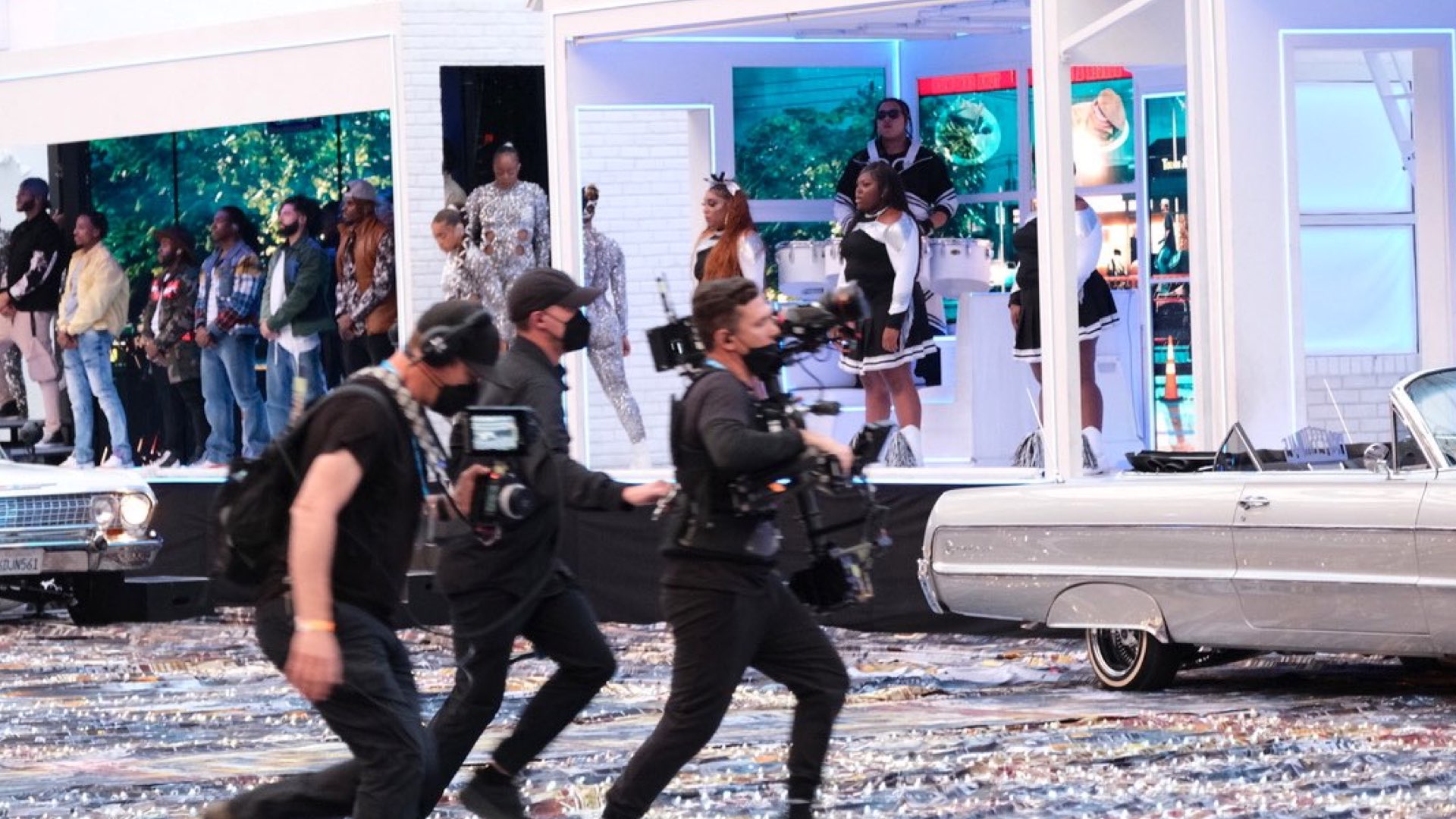
Challenges and difficulties
As explained, utilizing cinema cameras in live shows demands more discipline, knowledge, and expertise. The desired cinematic look needs more adaptations. For instance, a few factors went into the production’s decision to use Sony VENICEs for the first time. First, there was the challenge of durability. At this year’s Super Bowl Halftime Show, the production would be running an entire set onto the field, which hadn’t been done last year with The Weeknd (shot on ARRI cameras). As digital cinema cameras are always outfitted with an array of production equipment from lens motors, wireless video systems, and other camera accessories, Hamilton was concerned about the camera’s durability, whether something would fall off the camera and how easily the cameras selected would integrate with the broadcast. However, the operation went smoothly. Unfortunately, due to licensing issues, we weren’t able to embed the video in the article. Check out the final result in this link!
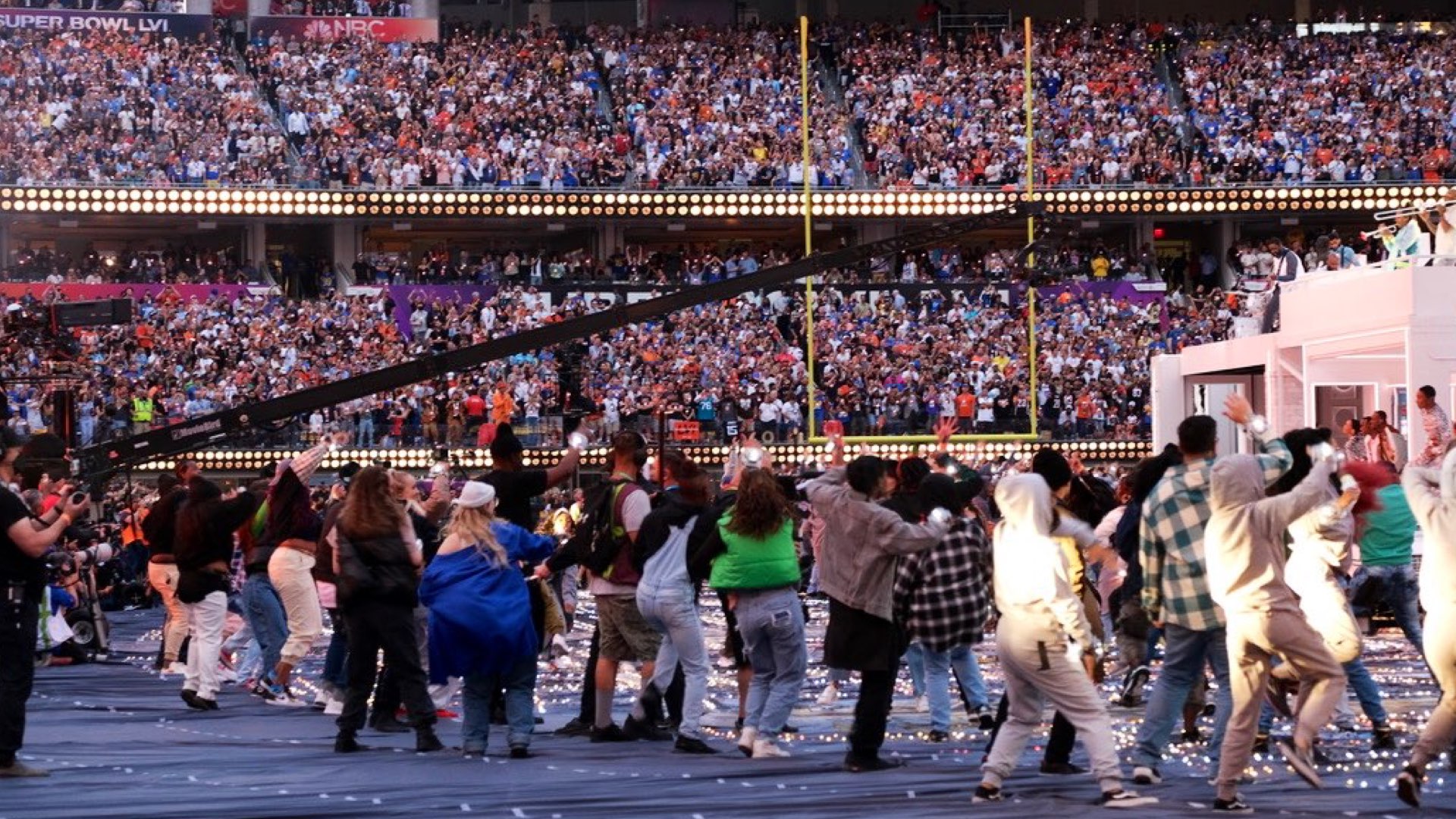
Final thoughts
As demonstrated, executing this kind of operation is not an easy task. Using large sensor cinema cameras that were designed for a controlled ecosystem, in a chaotic (live) environment is tricky, cumbersome, and complicated. ‘Super’ events like Super Bowl Halftime Show might justify these extra efforts. What do you think about the final execution? Let’s know your thoughts on this.
Product List
Here’re the products mentioned in the article, and the links to purchase them from authorized dealers.
- Sony VENICE 2 Digital Motion Picture Camera (8K)
- Sony VENICE 2 Digital Motion Picture Camera (6K)

